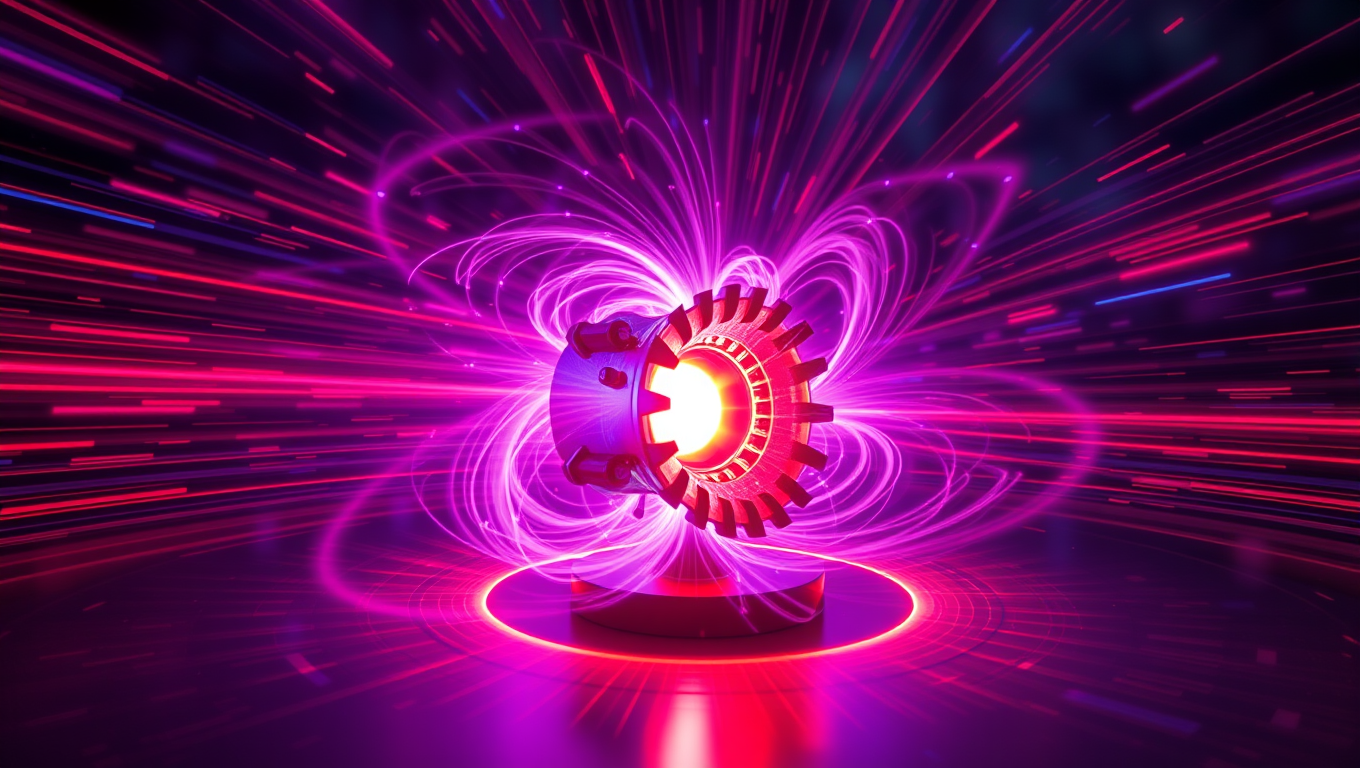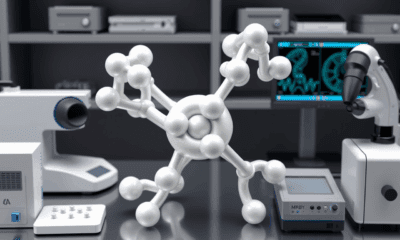While we try to keep things accurate, this content is part of an ongoing experiment and may not always be reliable.
Please double-check important details — we’re not responsible for how the information is used.
Consumer Electronics
“Creating a Cosmic Magnetic Field in the Lab: Scientists Harness Laser Power to Mimic Neutron Stars”
A powerful new technique harnesses swirling plasma inside laser-blasted microtubes to produce record-breaking magnetic fields—rivaling those near neutron stars—all within a compact laboratory setup. This innovation promises to transform astrophysics, quantum research, and fusion energy experiments by unleashing megatesla-level forces using nothing more than targeted laser pulses and clever engineering.

Batteries
“Reviving ‘Dead’ Batteries: The Path to a Greener Future”
Lithium battery recycling offers a powerful solution to rising demand, with discarded batteries still holding most of their valuable materials. Compared to mining, recycling slashes emissions and resource use while unlocking major economic potential. Yet infrastructure, policy, and technology hurdles must still be overcome.
Aviation
“Revolutionizing Titanium Alloys: New 3D-Printed Material Cuts Costs by 29% While Boosting Strength”
A team of engineers at RMIT University has developed a groundbreaking 3D-printed titanium alloy that s stronger, more ductile, and nearly 30% cheaper to produce than the traditional standard. By replacing expensive vanadium with more accessible elements and rethinking how titanium alloys are designed, the team created a material with improved performance and more uniform microstructure key factors for aerospace and medical applications.
Batteries
“Revolutionizing Energy Storage: AI-Driven Discovery of New Materials for Multivalent-Ion Batteries”
AI is helping scientists crack the code on next-gen batteries that could replace lithium-ion tech. By discovering novel porous materials, researchers may have paved the way for more powerful and sustainable energy storage using abundant elements like magnesium.
-

 Detectors8 months ago
Detectors8 months agoA New Horizon for Vision: How Gold Nanoparticles May Restore People’s Sight
-

 Earth & Climate9 months ago
Earth & Climate9 months agoRetiring Abroad Can Be Lonely Business
-

 Cancer9 months ago
Cancer9 months agoRevolutionizing Quantum Communication: Direct Connections Between Multiple Processors
-

 Albert Einstein9 months ago
Albert Einstein9 months agoHarnessing Water Waves: A Breakthrough in Controlling Floating Objects
-

 Earth & Climate8 months ago
Earth & Climate8 months agoHousehold Electricity Three Times More Expensive Than Upcoming ‘Eco-Friendly’ Aviation E-Fuels, Study Reveals
-

 Diseases and Conditions9 months ago
Diseases and Conditions9 months agoReducing Falls Among Elderly Women with Polypharmacy through Exercise Intervention
-

 Chemistry8 months ago
Chemistry8 months ago“Unveiling Hidden Patterns: A New Twist on Interference Phenomena”
-

 Agriculture and Food9 months ago
Agriculture and Food9 months ago“A Sustainable Solution: Researchers Create Hybrid Cheese with 25% Pea Protein”





























